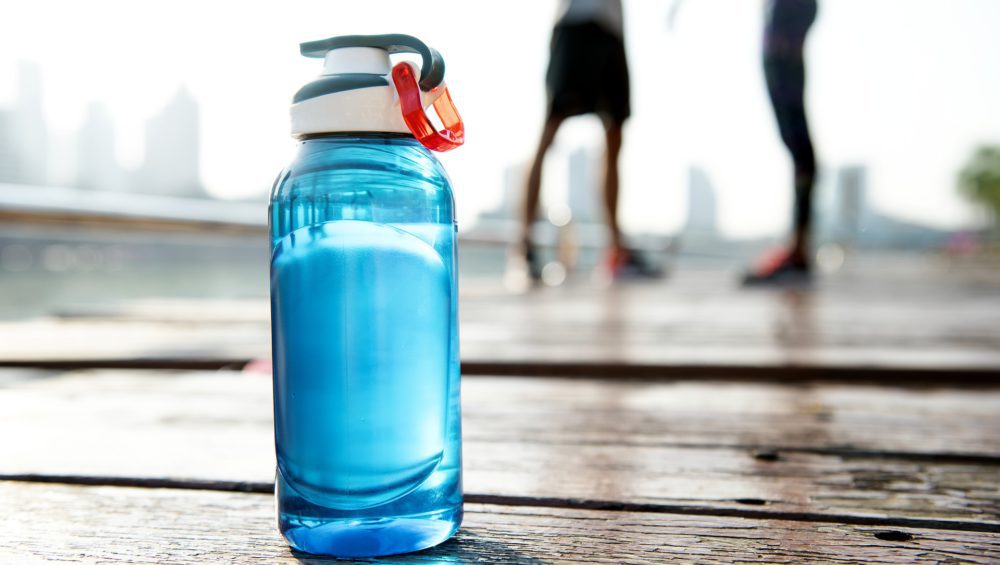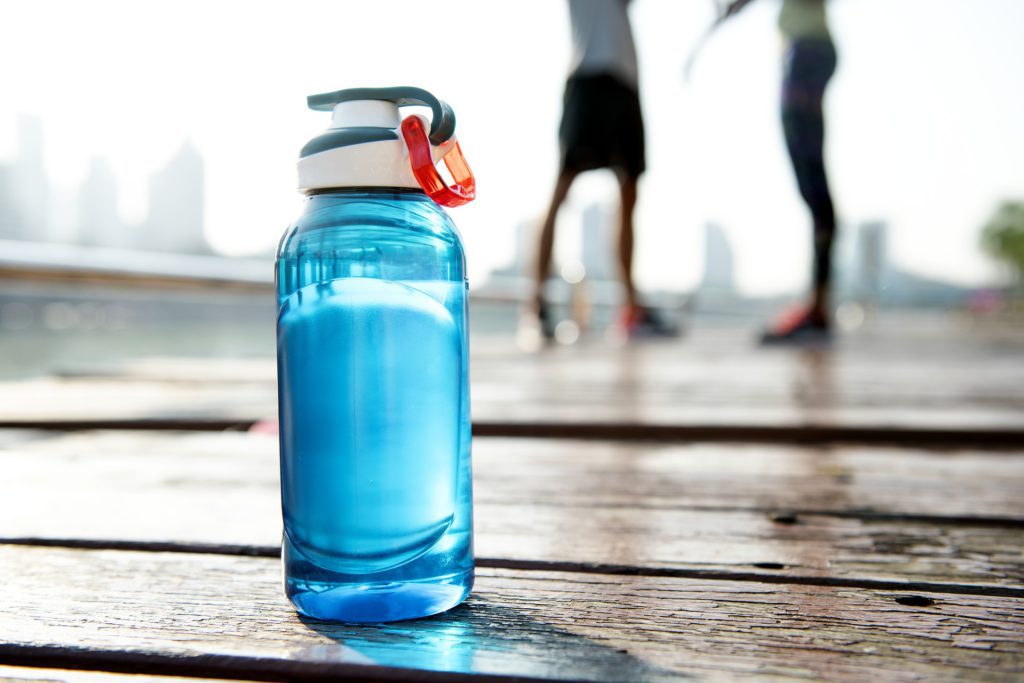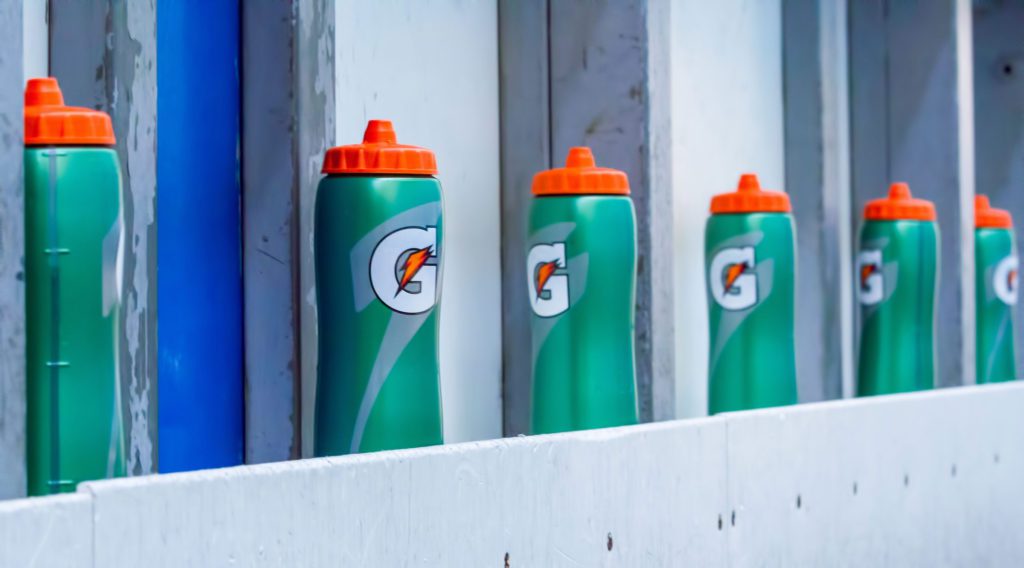Is It Possible to Boost Your Metabolism? The Truth About Metabolic Flexibility
Is It Possible to Boost Your Metabolism? The Truth About Metabolic Flexibility
https://inbodyusa.com/blogs/inbodyblog/the-health-benefits-of-fruits-and-vegetables/
Eat carbs before you work out. It will improve your performance. No, don’t – eat fats like peanut butter or avocados. No, actually, don’t eat at all and your body will burn more calories. Refuel with carbs. No, recover with protein to build muscle.
Is your head spinning yet?
You’re not alone if you ever feel like every health article you see contradicts the one you saw the day before.
If you stay up-to-date on health news and research, the very word “metabolism” may seem antiquated and overused. But it’s everywhere because it really IS that important. Your metabolism is the process (or series of processes, rather) that dictate how your body functions.
Even though the word appears ubiquitously, most of us misunderstand what metabolism really is and what it does. Yes, your metabolism determines how much and how often you need to eat, but most people overlook the fact that metabolic reactions take place in every single cell in your body.
“Metabolism” refers to the series of chemical processes in each cell that turn your food into energy to keep you alive. And because your metabolism is so complex, it’s able to use different sorts of fuel to your body’s advantage.
This is where the perpetual carbs-versus-fats debate comes into play. Everyone’s quick to tell you about their success with the Keto diet or how more balanced macros improved their performance in the gym.
In reality, there’s no perfect diet. Everyone’s preferred macronutrient ratio and calorie intake depend on their unique resting metabolic rate, activity level, food sensitivities, and more. But there is one thing everyone can count on: Your body will – or should – use what you give it.
What Is Metabolic Flexibility?

If you eat a lot of fats, fat will be your body’s primary source of fuel. If you eat a lot of carbohydrates, glucose will be your body’s primary source of fuel. If you eat more protein than anything else – you guessed it – your body will burn more protein for energy.
Metabolic flexibility is your body’s ability to adapt to metabolic demands. When things change – such as changing what time you eat breakfast or what you eat for breakfast – your body is forced to change the way it metabolizes your food.
When you eat, your food is either burned for energy or stored if what you ate was in excess of your energy needs. Any excess carbohydrates are stored as glycogen(which serves as quick energy reserves) or fat tissue if glycogen stores are full. Any extra fat is also put away for later use, as fat tissue.
How flexible your metabolism refers to how efficiently your body can switch between using carbs or fats for fuel – or, more importantly – how efficiently it can use what is already available.
Someone with great metabolic flexibility can burn carbs when they eat them. They can also burn fat when they eat it, or when they don’t eat at all. People with flexible metabolisms can “flex” between carbohydrate metabolism and fat oxidation relatively easily.
For example, a person with great metabolic flexibility does cardio in the morning on an empty stomach. Because their metabolism is highly flexible, their body powers through the workout on fat tissue that already exists. The same person, however, could eat oatmeal and a banana an hour or two before their workout and instead use those carbs as fuel (instead of storing them for later use).
Flexibility?
A flexible metabolism gives your body more leeway when determining what fuel source to use. Take the example of the person doing fasted cardio in the previous section. If that person was metabolically inflexible and exercised on an empty stomach, he or she would first burn through the glycogen (stored carbohydrates) in their body – leaving the fat untouched.
This is why it’s so hard for many people to burn fat: They are metabolically inflexible.
If you’re very metabolically flexible, eating calorie-dense, sugar-laden, or very fatty foods from time to time won’t always be an issue for your body. Your body can convert those calories into energy without much negative aftermath.
Those who are metabolically flexible carry more mitochondria in their muscles, which allows them to produce energy more efficiently. Having too few mitochondria, or having dysfunctional mitochondria, limits the amount of energy a person can produce. It makes switching between fuels difficult, which makes utilizing any stored body fat between meals almost impossible. This is why metabolically inflexible people tend to snack often.
So we know now that the benefits of metabolic flexibility are vast. But what’s the big deal if we aren’t so good at flexing our metabolism muscle?
In simple terms, metabolically inflexible people generally feel pretty poor.
Side effects of metabolic inflexibility include fatigue, weight gain, brain fog, poor sleep, low mood or depression, poor cognitive function (poor ability to focus), and shortness of breath. If you find it hard to finish tasks at hand, taking frequent coffee breaks for caffeine-induced energy, getting frustrated easily, or having trouble sleeping, you may have an inflexible metabolism.
Additionally, metabolically inflexible people tend to be excessively hungry or have an unusually strong appetite. This is because their bodies aren’t good at burning what’s already there.
How to Train Your Metabolism to Be More Flexible

The key to understanding metabolic flexibility is understanding how insulin regulates our energy. A healthy person with normal insulin action can effectively switch between fats and carbs as fuel. An insulin-resistant person cannot do this as effectively.
Insulin is the hormone that regulates your blood sugar by taking glucose into your bloodstream. There are two primary states of being as it relates to a person’s metabolism: fed and fasting.
During fed conditions (e.g., having just eaten), your insulin levels will be high due to incoming food. During fasting conditions, someone who is very metabolically flexible will easily be able to tap into stored body fat. The workings of insulin are vast, and you can learn more here, but these points are essential to understanding metabolic flexibility:
All food you eat, regardless of macronutrient composition, sparks the release of insulin.Insulin is a factor in deciding which fuel source your body uses.When insulin levels are low, your body primarily burns fat.When insulin levels are high, your body primarily burns carbs and stores fat.
One of the best – and easiest – ways to improve your metabolic flexibility is to exercise. If you’re generally sedentary, adding exercise to your days is a surefire way to kick your body into a fat-burning mode it’s never experienced before. If you already exercise regularly, add more variety to your workouts.
Varying the type of training you do (strength training, intervals, and some sort of aerobic or endurance activity) might just give your body the nudge it needs to tap into your fat reserves. Different types of exercise use different mixes of fuel and eventually may train your body to use different fuel sources during day-to-day activities.
Fasted cardio is one type of exercise intended to tap heavily into your body’s fat reserves. Doing high-intensity cardiovascular exercise with little to no glycogen stored can train your metabolism to be more flexible.
Another way to improve your metabolic flexibility is intermittent fasting (IF). Remember the person who used body fat as fuel during their morning fasted cardio? That worked because his or her body was trained to use the available energy in the absence of food.
Metabolically inflexible people would just feel atrocious in the same scenario because their bodies don’t know how to function without incoming energy (food). If you can’t make it more than two-to-three hours without food, you’re impairing your body’s ability to utilize your body fat. Work slowly to increase your spacing between meals.
Timing your nutrient intake can help your body use fat more efficiently, and the longer the fasting period, the more your body has to tap into its fat reserves, which may be one way to combat obesity.
You should also test out different macronutrient ratios. The fewer carbohydrates you consume, the more your body will have to rely on fat sources for fuel. This is the premise behind the ketogenic diet. Try cutting out added sugars and overly processed grains first. Then you can try reducing your carb intake even further by cutting out starches like potatoes. If keto’s not for you, try out the paleo diet, which is also low in carbs and higher in fat and protein.
While it’s encouraged to consume fats, avoid trans fats and too many saturated fats. Try to get your fats from nutrient-dense sources like olive and coconut oils, avocados, nuts, seeds, and fatty fish.
Also, consume more antioxidant-rich foods: Antioxidant consumption has been linked to a reduced risk of metabolic syndrome, as well as an increase in insulin sensitivity.
A Flexible Metabolism Means More Energy, a Better Body Composition, and Improved Health

To sum up, metabolic flexibility is the ability to switch from one fuel source to the next: from fats to carbs and vice versa. Metabolic inflexibility is the opposite: the inability (or limited ability) to switch from one fuel source to the other. For those concerned with body composition, inflexibility can be a real downer because it’s impossible to lose body fat if your body can’t burn it.
A flexible metabolism is efficient at using excess adipose tissue (fat) for energy, which over time decreases the ratio of fat mass to lean mass, resulting in a better body composition and decreased heatlh risk.
It’s hypothesized that metabolic inflexibility also plays a role in various diseases processes such as metabolic syndrome; so along with better body composition, being metabolically flexible can improve overall health and wellness by boosting insulin sensitivity, reducing the risk of disease, and training your body to adapt to metabolic demands.
Though this may all seem too complex to try, it’s not really that complicated: Think about your ancestors, what they ate, how much, and how often. It’s no secret that whole-food nutrition (fruits, vegetables, lean protein, nuts, and seeds) and exercise are the keys to a lean, healthy body.
Training your body to endure longer periods of time without food is also key to mastering fat-burning mode. Our hunter-gatherer predecessors didn’t have access to the abundance of food we do. They were forced to go long periods of time without eating, and thus their metabolisms kept them alive by burning what fat they had stored on their bodies.
If you’re interested in improving your body composition or general wellness, it’s worth experimenting with exercise, fasting, and macronutrients to train your metabolism to be flexible.
**
Amanda Capritto is a certified personal trainer and health coach who writes about nutrition, fitness and healthcare. A journalism alumna of Louisiana State University, Amanda spends her free time adventuring outdoors, hitting the gym, and encouraging people to live balanced, healthy lifestyles.














